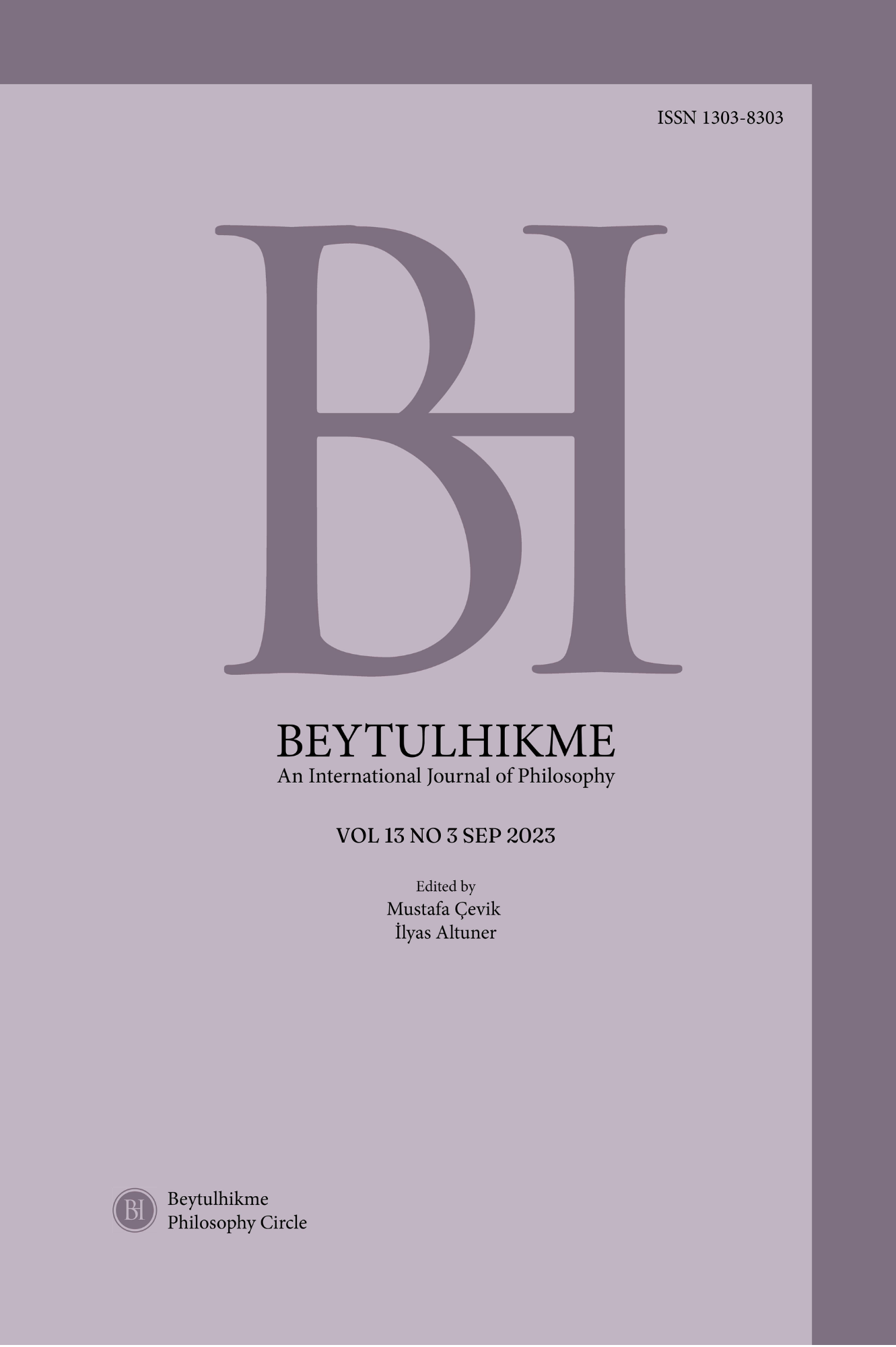Author :
Abstract
Şiddet varoluşumuzun temelini oluşturan en önemli niteliklerdendir. Fransız düşünce tarihinde önemli bir yer tutan Walter Benjamin’in tarih kavramı üzerinden ele aldığı şiddet insanın doğal yaşamdan yerleşik yaşama, hukukun egemenliği altına girmesini temellendirmektedir. Ancak yasa, aynı zamanda egemenin tasavvurundadır. Bu nedenle zamanla yozlaşmaya açıktır. Benjamin bu yozlaşmanın bir karşı çıkışla, Mesiyanik bir şiddetle sona ereceğini ifade etmektedir. Hukuksal şiddet insanları tek tip kılarken, Mesiyanik şiddet daha kişisel bir formdadır. Benjamin’e göre burada yasa koyucu ve yasa koruyucu şiddetin uygulandığı insan kırılma anlarında kendini bulmaktadır. Bu ifadeden yola çıkarak metinde Benjamin’in tarihin yıkıntıları arasında koşturduğunu söylediği çocuğa istinaden çocuksu bir şiddet formunu oluşturmak ve bunu temellendirmek metnin esas amacıdır. Bu çocuksu biçim, içkin şiddet olarak kavramsallaştırılmakta ve kişinin sorgulama ve itirazla kendi benliğini oluşturmasını temellendirmektedir. Böyle bir insan zaman ve mekanda kesinti yaratarak, toplumda kendini ortaya koyduğu yeni bir alan açmaktadır. Çocuksu içkin şiddet anın durduğu, zamanın askıya alındığı ve yasanın içinde bir gedik açılan ana denk gelmektedir. Bu fotoğrafla benzer bir etkiye sahiptir. Fotoğraf sanatı toplum ve yasanın içinde ve dışında, görülen ve görülmeyenin arasında bir yerdedir. Çocuksu içkin şiddeti uygulayan insan da diğerlerine göre barbar ve yabancı hale gelerek ne içeride ne dışarıda bulunmaktadır. Kısaca bütün akışı askıya almaktadır. Metinde bu durumu örneklemek için Ori Gerscht’in yıkımı konu alan fotoğrafları kullanılacaktır.
Keywords
Abstract
Violence is one of the qualities that form the basis of our existence. The violence that Walter Benjamin, who has a place in the history of French thought, deals with through the concept of history, grounds the transition of man from natural life to settled life and under the rule of law. However, the law is also in the imagination of the sovereign. Therefore, it is open to corruption over time. Benjamin states that this corruption will end with an opposition, a Messianic violence. While legal violence makes people uniform, Messianic violence is in personal form. According to Benjamin, people find themselves in moments of breaking when law-making and law-protecting violence is applied. Based on this statement, the purpose is to create and ground a childlike form of violence about the child, whom Benjamin says is running among the ruins of history. This childish form is inherent violence and the individual's formation of self through questioning and objection. Time and space disruption, such a person opens a new space in society where he manifests himself. Childish immanent violence corresponds to the moment's stop, time's suspending, and a breach of the law. These have a similar effect as the photo. The art of photography is somewhere between the seen and the unseen, inside and outside society and the law. The person who uses childish inherent violence becomes barbaric and alien compared to others and is neither inside nor outside. In short, it suspends the entire flow. Ori Gerscht's photographs of destruction in the text will present examples of this theme.





